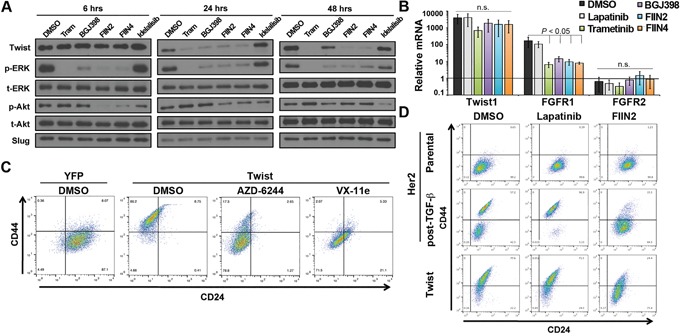Figure 6. An FGFR:Erk1/2:Twist positive feedback loop stabilizes a CD44high, drug resistant phenotype.

A. HMLE cells constructed to overexpress Twist were treated with a MEK inhibitor Trametinib (Tram), FGFR inhibitors (BGJ-398, FIIN2, or FIIN4) or a PI3K inhibitor (Idelalisib) for the indicated amounts of time. These cells were subsequently analyzed for phosphorylation of Erk1/2 and Akt and total Erk1/2 and Akt served as loading controls. Expression of the EMT transcription factors Twist and Slug were also assessed. B. Levels of Twist, FGFR1 and FGFR2 mRNA were assessed by RT-PCR following a 48 hour treatment with 100 nM Trametinib or 1 μM of the other indicated inhibitors. Data are normalized to expression of levels of each gene found with control (YFP expressing) HMLE cells and are the mean ±SD of three independent experiments. C. Control (YFP) and Twist expressing HMLE cells were assayed by flow cytometry for cell surface expression of CD44 and CD24. Where indicated Twist expressing cells were treated with the MEK inhibitor (AZD-6244) or the Erk inhibitor (Vx-11e) for 96 hours prior to analysis. D. Her2 transformed HMLE cells were left untreated (parental) or were treated and allowed to recover from TGF-β1-induced EMT (post-TGF; as described in Figure 1). These cell populations were subsequently treated with Lapatinib or FIIN2 for 96 hours and analyzed by flow cytometry for cell surface expression of CD44 and CD24. Twist expressing HMLE cells were similarly treated and analyzed.
